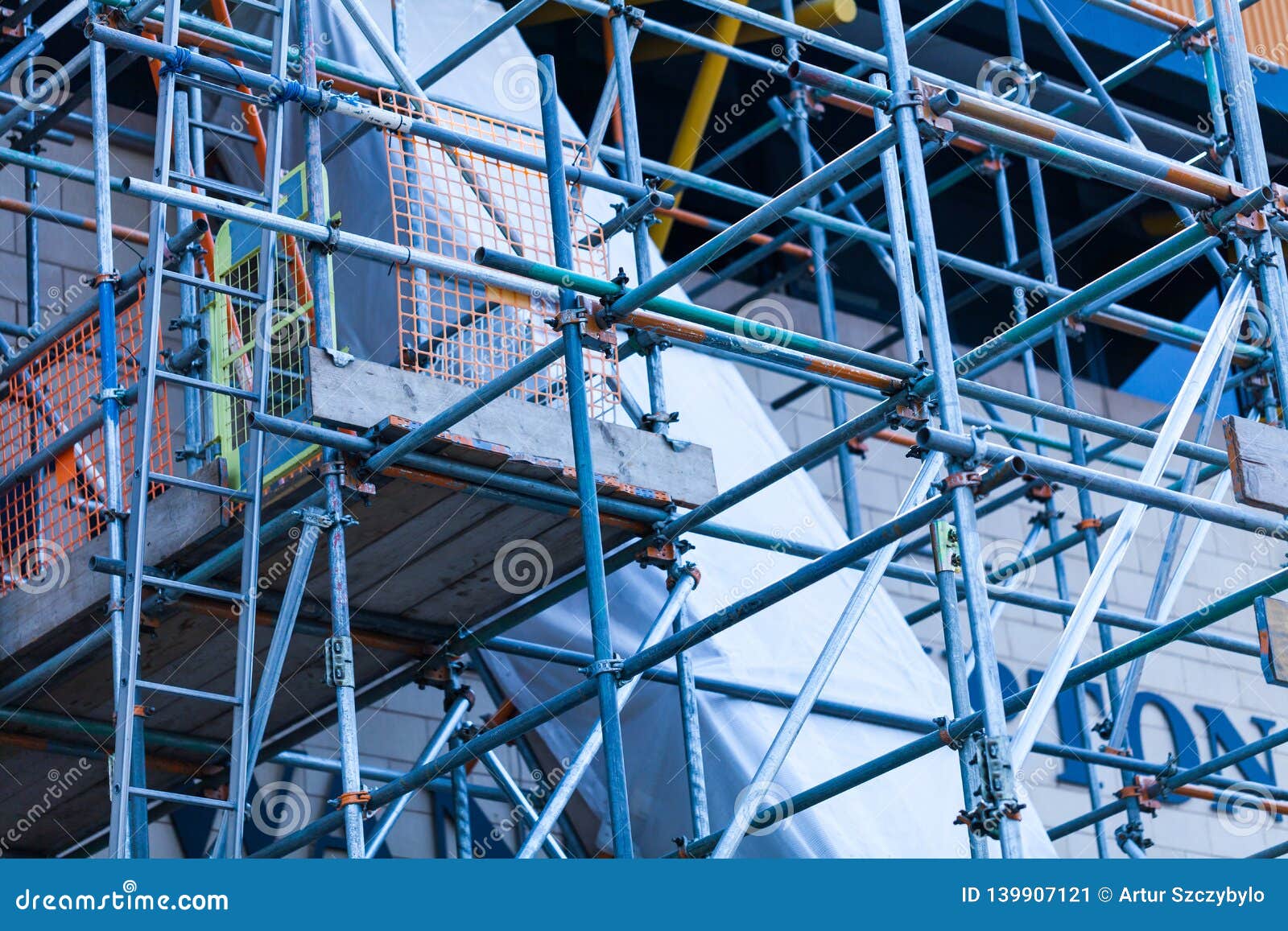In the ever-changing world of infrastructure development, scaffolding plays a key role in ensuring that construction tasks are not only completed efficiently but also without hazards. Industrial scaffolding, in particular, serves as the backbone for various types of buildings, from towering skyscrapers to expansive shopping centers. Understanding what such scaffolding is and why it is essential helps contractors make wise decisions that can influence the outcome of their endeavors.
As we explore into the nuances of these support systems, we will investigate numerous types used in construction ventures, assess how these structures enhances safety on construction sites, and discuss the essential role it plays in modern building techniques. From managing the intricacies of scaffolding permits and conformance with safety standards to assessing the specific needs of various commercial builds, this article aims to provide a comprehensive overview of adaptive scaffolding solutions customized for your project’s specific requirements.
Understanding Corporate Scaffolding
Commercial scaffolding is a short-term structure that provides assistance and entry for development, repair, and fixing projects. It is essential in various corporate settings, such as multi-storey buildings, shopping centers, and industrial facilities. By offering a secure platform for workers and materials, scaffolding allows for secure and efficient project execution, ultimately contributing to the seamless progression of building tasks.
Various types of scaffolding are used in business projects, such as frame scaffolding, modular scaffolding, and system scaffolding. Each type serves unique purposes according to the scope and scale of the work. For instance, frame scaffolding is frequently used for its simplicity and adaptability, while modular scaffolding offers a greater degree of flexibility and is ideal for challenging structures. Grasping the specific advantages of each type is crucial for selecting the right scaffolding solution for a specific project.
Job site safety is a paramount concern in development, and business scaffolding plays a critical role in improving this safety. Properly erected go to this website provides a safe working environment but also helps reduce the risks of falls and accidents. By adhering to protection standards and regulations, such as those set by OSHA, companies can ensure that their scaffolding systems are in alignment and that workers are adequately trained to operate the equipment safely and safely.
Safety and Compliance in Scaffolding
Guaranteeing security and compliance in scaffold systems is paramount for any commercial endeavor. The OSHA has set forth guidelines to safeguard employees from the potential risks linked to scaffolding. These guidelines cover all aspects from the design and erection of scaffolding to the instruction needs for personnel. Following these regulations not only assists in achieving a safe working atmosphere but also prevents expensive penalties and construction delays.
Routine security checks are essential to maintain compliance and confirm that scaffolding remains secure throughout the project's duration. These inspections should assess the stability of the scaffold systems framework, checking for deterioration, and confirming that safety features such as guardrails and kick plates are in place. Identifying and addressing read this article before work commences can substantially reduce the risk of accidents on the work site.
Training is another vital component of scaffolding security and compliance. All crew members should be provided with knowledge about the appropriate use of scaffolding, possible risks, and safety protocols. A thoroughly trained crew is essential in mitigating hazards related to scaffolding work. By putting resources in comprehensive training and cultivating a environment of safety, businesses can not just protect their employees but also enhance overall productivity and project achievement.

